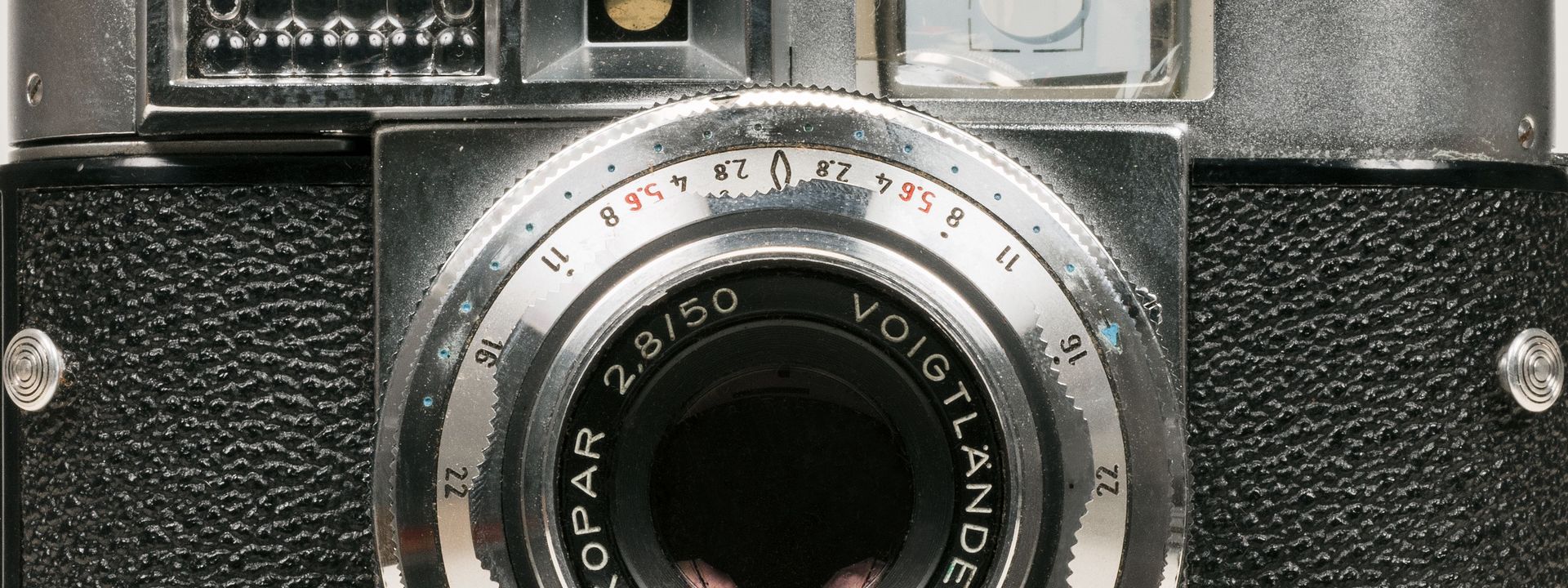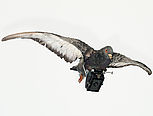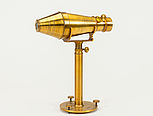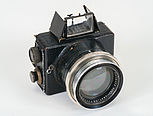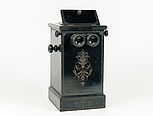Please note: From 3 April to 16 May, access to the 1st and 2nd floors of the Beamtenhaus with the exhibitions "Photo Technology", "Film Technology" and "Chemicals and Pharmacy" will be closed due to installation work.
Photos Capture the Fascination of the Moment
These days, everyone with a mobile phone has a camera. The upshot: we’re overwhelmed by a deluge of images. Yet powerful photographs can still grab the world’s attention. For nearly 200 years, photography has allowed human beings to capture the fascination of a single moment in time. How it does this is the theme of the Deutsches Technikmuseum’s Photo Technology exhibition. One part focuses on the development of photo technology over time, from heliography to 3D photography. Another is devoted to the practical application of photography, from private portraits to advertising to war and espionage.
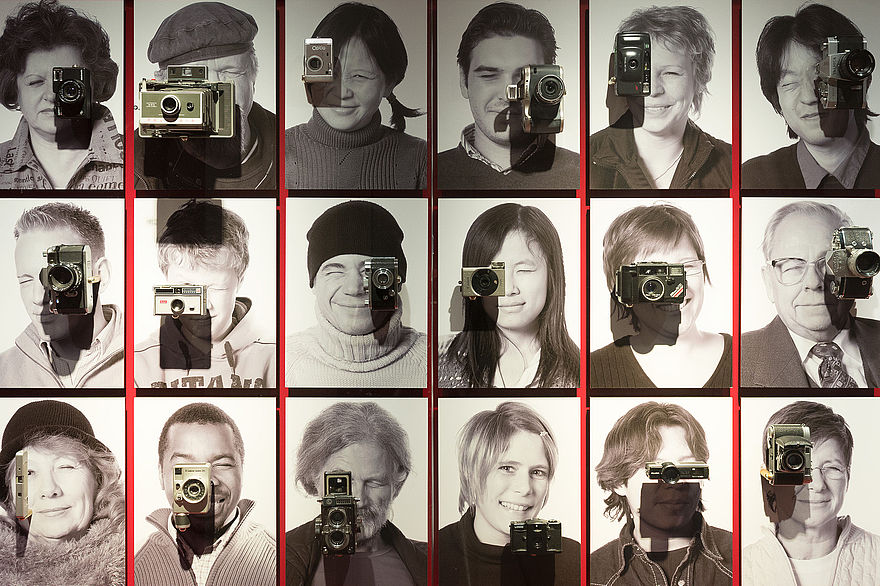
SDTB / C. Kirchner
The Great Challenge: Photography for Everyone
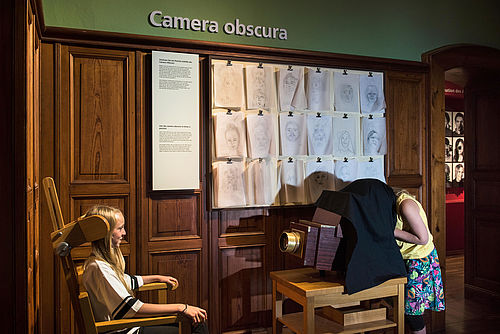
SDTB / U. Steinert
Photography was quite complicated in its early days. In order to present a photograph to the wide-eyed audience, it was necessary to capture the image onto a medium. The various imaging techniques required specialized knowledge, chemicals, and expensive equipment. Photographers who used developing processes like the daguerreotype and the collodion wet plate process had to deal with poisonous vapors and delicate glass plates. George Eastman put an end to all that in 1885, when he began producing rolls of film with 24 exposures in America.
Only three years later, Eastman introduced the first Kodak box camera. Now anyone could take pictures. All one had to do was push the shutter release and, 24 exposures later, send the box camera to the Eastman lab for development. It was simple, but expensive; each camera cost 25 dollars. Therefore Eastman invented the Brownie camera, with a sale price of one dollar. The first camera for the masses was on the market.
In the age of digital photography, storing images is no longer an issue, and storage space, in the form of digital memory, is practically free. Good old analog 35mm film has become obsolete, the province of aficionados.
In Search of the Perfect Photo
Inventive minds have long been looking for ways to improve – indeed to perfect – photography. The exhibition features major advances in technology and design. Why did Leica become the model for all 35mm cameras, and why did Germany drive innovation in single-lens reflex cameras for decades? The boundless ingenuity photographers have applied to improving their art can also be seen in the development of accessories, like those for artificial lighting. From pyrotechnic flash-lamps to LED flash units, technological progress has brightened our world.
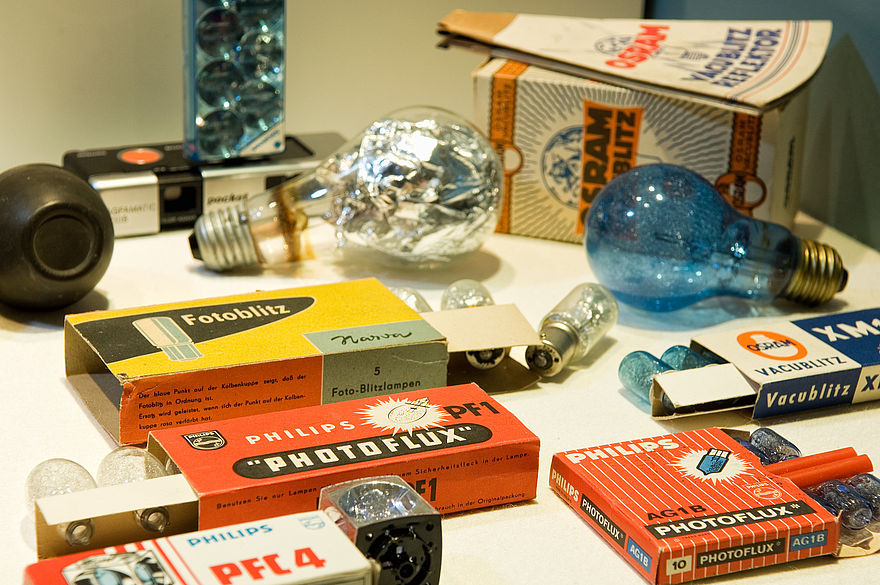
SDTB / C. Kirchner
The Photograph – An Image or Reality?
Ever since photographs have existed, people have debated the reality of what they portray. Now that digital photography is a part of everyday life and photos can easily be manipulated on a mobile phone, this discussion is more important than ever before. At an interactive media station, visitors can experiment with manipulating images.
Highlights

“Double Sport” Homing-Pigeon Camera
In its early years, aerial photography could literally be described as providing a “birds-eye view.” The first aerial photographers were homing pigeons that carried cameras. One such device, the “Double Sport” camera, is on display in the Deutsches Technikmuseum’s Photo Technology exhibition. In December 1908 pharmacist Julius Neubronner received a patent from the Imperial Patent Office for his “Method and Device for Photographing Sections of Terrain from the Birds-Eye View.” It did not result in the hoped-for commercial success, however.
Rolf Oberländer, 1991, replica (original: 1907)

Voigtländer daguerreotype camera
The daguerreotype was the first photographic process. It was named for its inventor, French painter Louis Jacques Mandé Daguerre. He captured images onto silver-plated copper sheets, which he made sensitive to light by treating them with iodine. In 1841 Friedrich von Voigtländer built a metal camera for daguerreotypes. Its portrait objective was the first to be ground according to scientific calculations. This lens was 16 times faster than previous objectives.
Rolf Oberländer, 1985, replica (original: 1841)

Ernemann Ermanox camera
The Ernemann Ermanox camera, introduced in 1924, was the reporters’ camera of its day. Handiness was not its only feature. Its biggest advantage was its high-speed Ernostar objective (1:2), which had shutter speeds of up to 1/1000 of a second. This made it possible to take pictures indoors without a flash. The Ermanox was developed and produced in Dresden. It became famous thanks in part to the photo reporting of Berlin journalist Erich Salomon.
Ernemann-Werke AG, 1925

Tabletop stereoscope viewer
Stereoscopes were very popular devices for viewing images in the 19th century. They combined two standard photographs to create a single three-dimensional image. This tabletop stereoscope viewer, painted black and decorated with a floral motif, was made in France. It could hold up to 50 image cards in a 9 x 18 cm format.
ca. 1890

